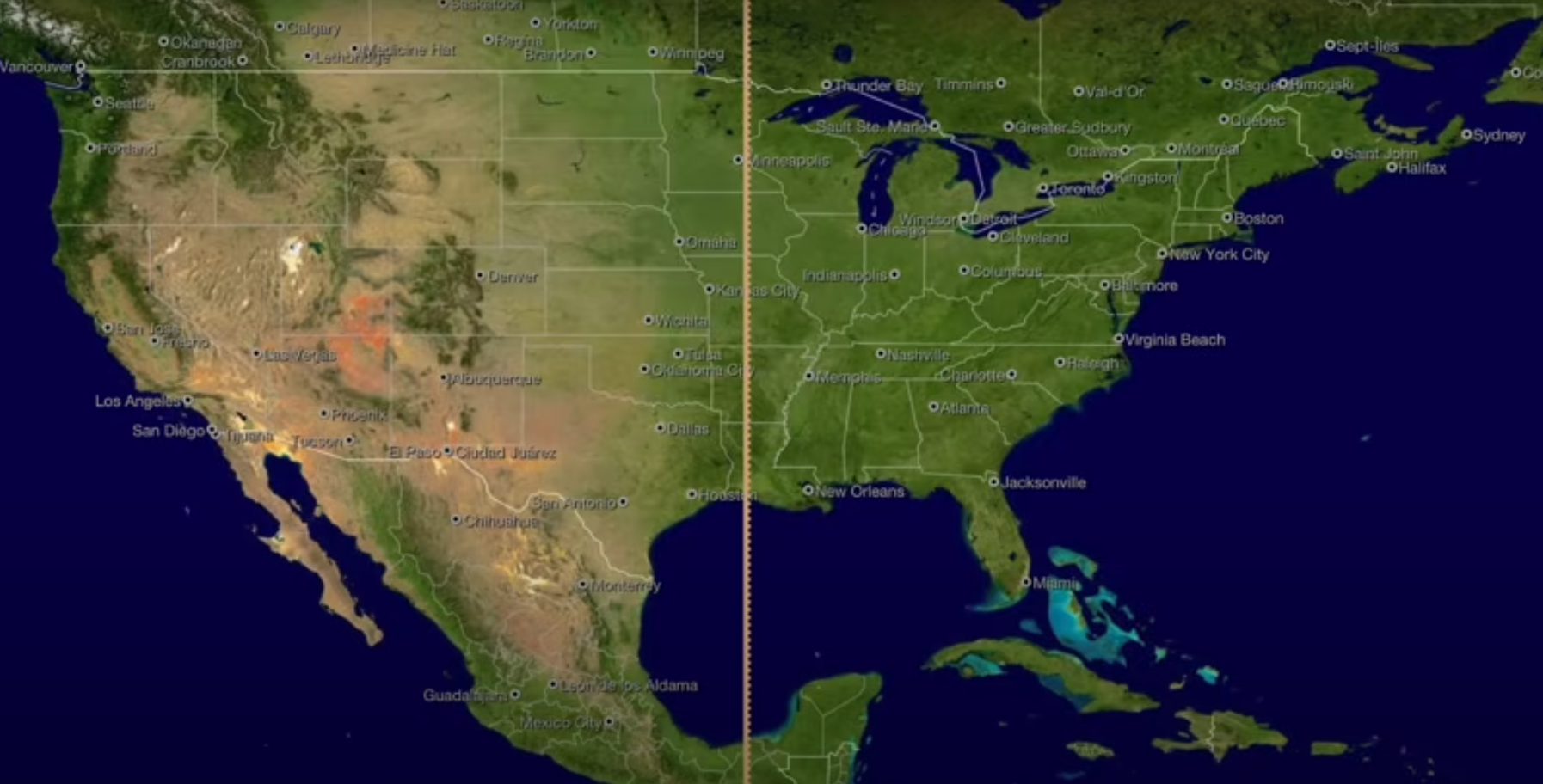Uranus stationed retrograde on September 1, 2025 at 1° Gemini and will trace back into Taurus again, not returning to Gemini until April 25, 2026. This retrograde flips disruption inward. Instead of outside shocks, the pressure builds inside our communities. Gemini rules neighborhoods, networks, local connections, schools, transport, and how information moves between people. When Uranus moves back into Taurus on November 7, 2025, the focus shifts to survival, food, money, resources, land, and safety. Together these two signs press on the overlap between community connection and community stability.
The first spark came through with Mercury today, September 2, 2025, as Mercury entered Virgo and squared Uranus RX at 1°27′ Gemini (a tense conflict that spurs action). That square is not a side note. It acts as a trigger. Mercury in Virgo is exalted, sharp in its ability to analyze, order, and speak. Uranus in Gemini refuses to sit still, even while retrograde. When they clash, the result is nervous energy, disrupted communication, and sudden shocks to systems. This square sets the tone for the entire retrograde cycle. It pressed on the mental and communal fabric: local news that agitates, technology that fails, sudden announcements that jolt workplaces and homes. It might almost look like Mercury is retrograde, but it is Uranus. For communities already stretched thin, Mercury–Uranus delivers the first crack. The retrograde then pries it wider.
Eclipse maps can be read two ways. Visibility maps show where people can see the eclipse in the sky. Astrocartography maps (Location Astrology) show where the Sun, Moon, and Nodes are strongest on the local chart at the moment of the eclipse. These lines cut across certain regions of the world and mark where the eclipse themes are felt most directly, even if the eclipse itself is not visible there. For the September 7, 2025 lunar eclipse, the Moon at 18° Pisces and the Sun at 18° Virgo fall on angles across Asia, Australia, and eastern Africa, with nodal influence stretching through India and Europe. These regions will feel the eclipse energy most strongly in collective and community life.
September’s eclipses only amplify the strain. September 7 the lunar eclipse in Pisces puts the Moon with the North Node opposite the Sun on the South Node in Virgo. It raises emotions, drains willpower, and exposes where collective ideals fall short. The eclipse path touches Minneapolis, Iowa, Arkansas, Louisiana, and the southern tip of Mexico, and stretches through Paris, the Netherlands, Belgium, Barcelona, and into India. These places and places on either side of that line are where protests, unrest, or breakdowns in faith, service systems, or neighborhood cohesion may surface. Communities in these regions feel the strain most directly.
On September 21–22 the solar eclipse strikes at 29°04′ Virgo, a critical anaretic degree, with Saturn RX at 0°06′ Pisces opposing. Mercury rules the eclipse. This is the same Mercury that squared Uranus RX at the retrograde station earlier in the month, and the echo is loud. At the eclipse, Mercury sits at 4° Libra, unable to witness Virgo and in aversion to its own sign, while also opposing Neptune RX at 2° Aries. The ruler cannot intervene. The result is administrative collapse, miscommunication, and distrust in leadership.
In astrocartography, the Sun–Moon conjunction lines of this eclipse sweep through Iran and Oman, across Australia near Melbourne, and cut through Southern California, Oregon, Washington, and Vancouver. These zones are hotspots for collective stress. Issues of migration, health systems, environmental instability, and social control are likely to peak. This is where it will be likely that communities will face blockades, protests, or occupation of shared spaces, specifically in those areas.
Overlay Uranus Rx on the geodetic map and the retrograde line runs through the U.S. West Coast, including Silicon Valley and Seattle. With the eclipse line crossing the same corridor, community tension around technology, housing, fire risk, and public safety grows louder. Neighborhoods and cities in these regions are likely to see unrest and disruption of daily life.
For individuals with planets or angles between 27° Taurus and 1° Gemini, the impact is direct. If it is your Ascendant or Descendant, local environment and partnerships are unsettled. If it is your IC or Midheaven, family, home, and career foundations are stressed. If it is your Sun or Moon, identity and emotional security face direct pressure. Mercury, Venus, or Mars in this zone signals conflict through words, values, or action. The common thread is community itself, neighbors, networks, shared resources, and the spaces people occupy together.
September 2025 through January 2026 is a stress test. Mercury’s square to Uranus cracked the ground, the eclipses expose the fault lines, and Uranus Rx makes the weak points impossible to ignore. The focus is on communities, their stability, and how they respond when occupation, unrest, and collective pressure arrive. These themes carry forward into the next eclipse cycle when Gemini and Sagittarius becomes the axis in 2026 and 2027.
What’s Next? Venus Square Uranus
The next major shift is Venus at 1° Leo Square (tense conflict that spurs action) Uranus RX at 1° Gemini on September 6–7, 2025. Venus in Leo seeks loyalty and recognition, while retrograde Uranus in Gemini turns disruption inward. This square jolts relationships, money, and values, but the surprise may come from within through sudden realizations, reversals, or restlessness that forces change.
Because Uranus has only just stationed retrograde, the square carries extra weight. Communities and individuals may feel pressure between attachment and freedom, routine and reinvention, with the retrograde pushing reflection before reaction.

